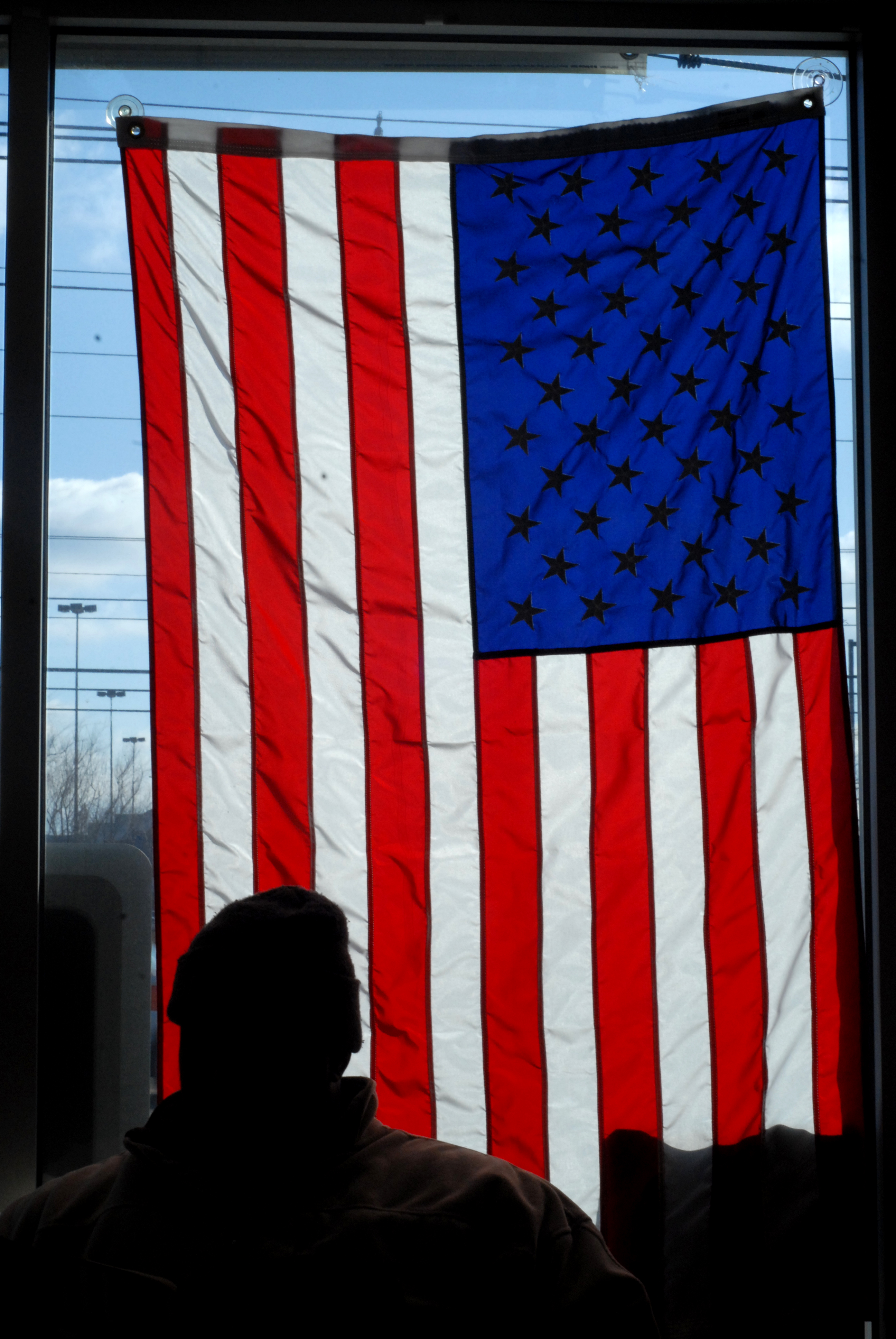Flag Day, 2011
Tuesday, June 14, 2011
As holidays ago, Flag Day - June 14 - has a recognizable name but has enjoyed a limited following. That attitude has been changing, particularly over the last decade.
The growing interest in the holiday and the flag it celebrates can be tied directly to the horrible events of Sept. 11, 2001 and the weeks that followed. A battered flag that survived that terrible day and then flew over the rubble of Ground Zero in New York City inspired flag raisings in the wake of disaster or tragedy elsewhere. That sentiment is still growing.
In the aftermath of the deadly April 27 tornadoes here, tattered flags often appeared atop or amid the wreckage of a house or business within hours of the storm's passage. The banner often was accompanied by a message attesting to the property owner's resilience and determination to overcome disaster. Such increasingly common displays attest to Americans' enduring attachment to their flag.
That public embrace continues to expand. More and more homes and businesses prominently display the flag. It has become a way for many Americans to publicly - and proudly - proclaim their allegiance to the United States and to the independent spirit, the personal liberty and shared responsibility it represents.
That's not always the case. In many instances, the flag has become more prop than proud symbol. Some politicians and political movements employ it to promote an agenda that is more divisive than inclusive. They use the flag to imply that opposition to their point of view or philosophy is somehow un-American. That is misuse of the flag and of everything positive it has come to represent.
The flag, of course, is nothing but cloth sewn in a recognizable pattern. It is the symbolism attached to that cloth that is important, not the banner itself. The Pledge of Allegiance captures that sentiment perfectly in the phrase " ... to the Republic for which it stands."
Flag Day was designated as such by President Harry Truman in 1949, but not declared an official holiday. Only Pennsylvania and America Samoa mark June 14 as such. How, then, can Americans best mark what is an unofficial holiday? The best way to do so - especially at a time when men and women are fighting and dying in the nation's service - is to remember what the red, white and blue epitomizes.
The United States is a nation where individual rights and broad freedoms are prized. The flag is a reminder of those ideals and of the country's promise to extend them to all its residents. That certainly makes the flag worthy of acknowledgment - official or not - on a special day once a year.
